Today let’s take a look at the lunar calendar for april and let’s see what the sowing and the transplants to be performed this month. We are at the beginning of the spring, the nature that surrounds us explodes with its colorful blooms. The days definitely begin to lengthen and the spring garden comes to life. Many of the sowings and transplants of vegetables that take place in April will also accompany us in the summer. It is therefore very important to have a clear and complete picture of the vegetables we want cultivate in our organic garden, following the phases of the moon. In addition, it is also important to organize the preparatory work, such as the irrigation system and the last basic fertilizations. The month of March was particularly climatic, with the beginning of the month characterized by a return of cold and then a more stable central phase. Also in this month the drought dominated, especially in the central-northern regions of the country.
We hope that April will be more suitable for the average values of the period, especially from the point of view of rainfall and no return of frost, so as to be able to get to the heart of the garden work.
First of all, however, let’s start as always from moon phases of the month.
The moon phases of April 2022
Let’s see how the moon phases evolve in April, highlighting that the previous full moon occurred on the 18th of March.
- The new moon (new moon) of April 2021 is scheduled for day 1 and will start the crescent phase of the lunar cycle
- The first quarter will take place on April 9th
- The full moon is scheduled for April 16. From this day begins the waning phase of the moon.
- The last quarter is marked for day 23
- The month of April closes with the new moon on the 30th, which will start a new crescent phase
In summary then we will have:
- Waxing moon from 1 to 15 April
- Waning moon from April 16 to 29
- A new crescent moon starting April 30th
The solar calendar of April 2022

In April we enter the heart of spring. Thanks to the return ofdaylight savings time we will have longer and longer days to devote to our organic garden.
At the beginning of the month, on 1 April, the sun rises at 6.54 and sets at 19.35, giving a total of 12 hours and 41 minutes of light.
At the end of the month, day 30, sunrise is marked for 6.08 and sunset 20.07. So we will have 13 hours and 59 minutes of sunlight. These times refer to the position of the city of Rome.
A direct consequence of the increase in hours of light is the greater speed of vegetative growth of the plants. Accustomed to the slower rhythms of the winter period, we must wake up and be more dynamic in all the operations concerning our garden. Especially with regard to sowing and transplanting operations which become more continuous and closer over time.
The sowing work following the moon
In April, considering that cold returns should be rarer, we can sow all the vegetables from the spring-summer garden. We are talking about both vegetables with a short cycle, whose cultivation has already started in recent months, and vegetables with a medium-long cycle, which need a warm climate in order to be grown in the open field in an optimal way. So let’s see in the different phases of the moon how to proceed.
Sowing in the first phase of the waxing moon, from April 1 to day 8
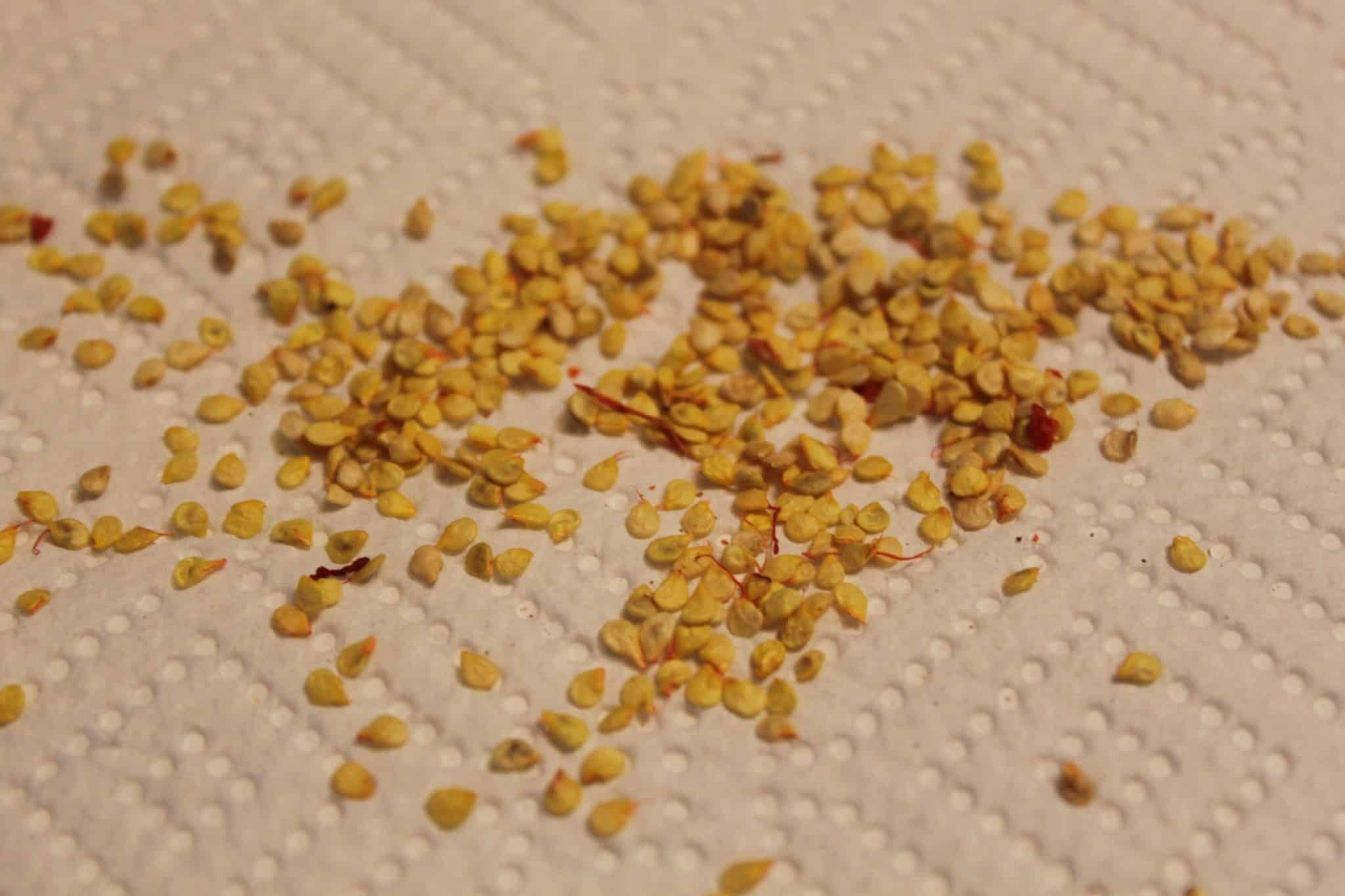
Chilli seeds
In this period the sowing of those vegetables that produce the seed inside their fruit is favored. This is because the gravitational pull of the moon is less and at the same time its brightness is greater.
We are talking about important vegetables such as solanaceous, cucurbit and legume crops, namely: peppers, chili Peppers, tomatoes, eggplant, zucchini, pumpkin, melon, cucumbers, beans, green beans, chickpeas.
As you can see, these are the classic vegetables of the spring and summer cycle, with medium-long cultivation cycles.
In this case, you can opt for the seedbed option for sowing. For vegetables with small seeds (tomatoes, peppers, etc.), even a small jar will work. For vegetables with large seeds, on the other hand, you can decide to plant them directly in the ground (pumpkin, beans, etc.).
Sowing in the second phase of the waxing moon, from 9 to 15 April
This period is considered the best for sowing those vegetables which, once in bloom, produce the seed out of their fruit.
We are talking about leafy vegetables such as: salad, chard, rocket, spinach, basil, parsley, puntarella, curly endive and smooth, the endive. For this type of vegetables we recommend sowing in polystyrene seedbedthe most practical and efficient solution to obtain vegetable seedlings self-produced.
Medicinal plants are added to the vegetables, such as: lemon balm, Rosemary, salvia officinalis, peppermint, lavender, thyme.
In this case, it is more appropriate to use small plastic or terracotta pots for sowing. The recommended diameter ranges from 10 to 14 cm. Subsequently, a transplant in a larger pot or planting in the ground will have to be carried out.
Sowing and transplanting in the waning moon phases
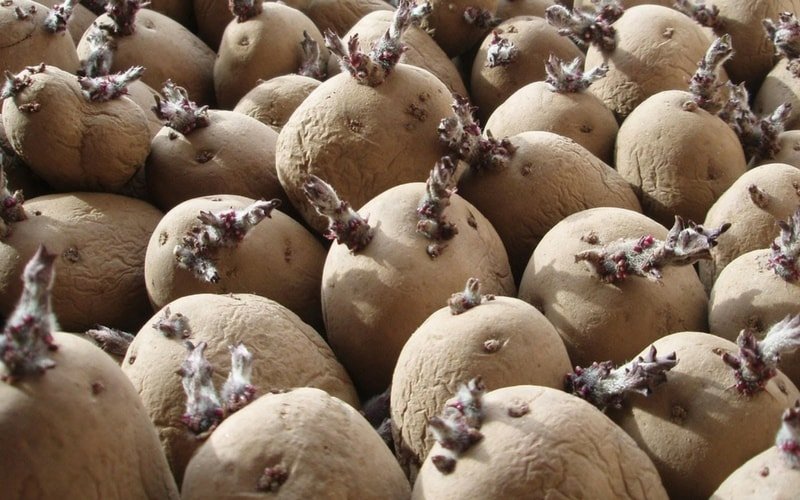
Potatoes ready for transplant
After the full moon of April 16th we will find ourselves in the waning moon phase, which will last until April 29th.
In this period of the month a condition of greater humidity is created in the soil and the plant’s energies move towards the roots.
These are the ideal times to sow and transplant all those vegetables that grow and swell underground.
Some examples are: potatoes, carrots, beetroot, radishes, onions, leeks, turmeric,
the ginger.
For some of these vegetables it is better to proceed with broadcasting (carrots, beets, radishes). For others, the transplanting of the bulbils (onions and leeks) is carried out and still others the burial of the rhizomes (turmeric and ginger).
The potatoes are buried directly.
Transplants of the month
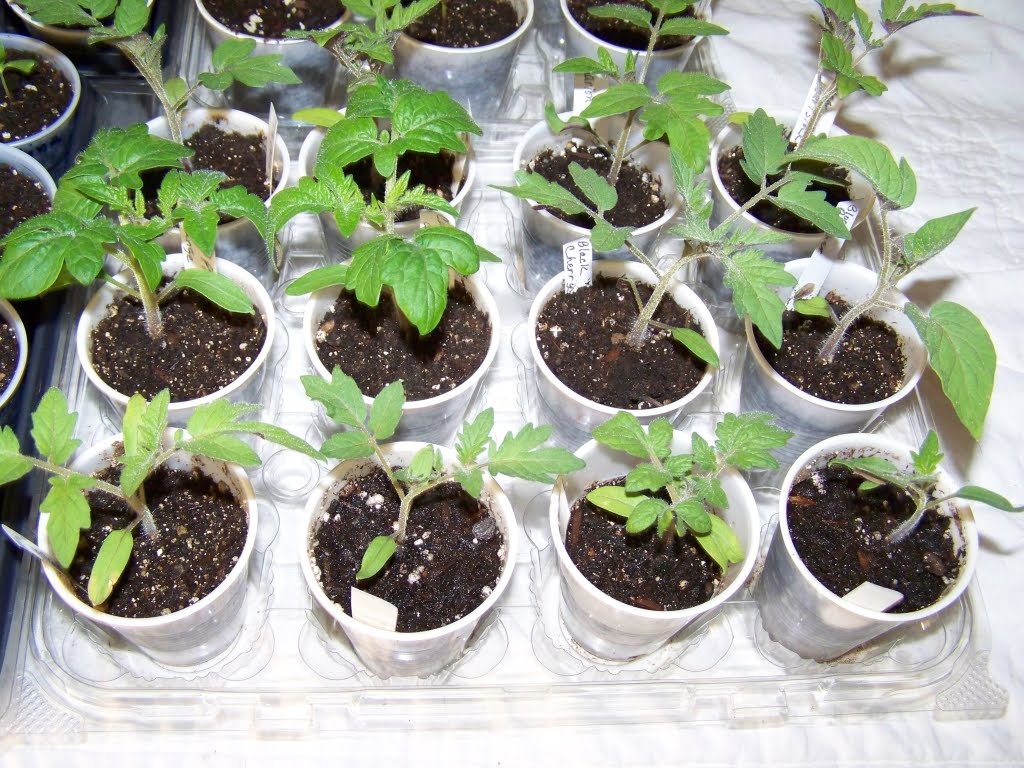
Young tomato seedlings
In this period there is also talk of transplants, ie the planting of already formed seedlings. It will therefore be necessary to transplant all the vegetables sown in the previous months and which in April are ready for transplanting into the garden.
For example, if we already sowed chard in the last month, now it will be time to transplant it.
Different speech for those who have difficulty in finding organic seeds or traditional and opt for the purchase of seedlings in the nursery. First of all, the first piece of advice we give you is to contact nurseries that have the organic certification.
Secondly, evaluate the right time for transplanting based on your soil and climatic conditions.
For example, in many areas this is a good time to plant courgettes and other cucurbits in the open field. Different speech can be made for the Solanaceae, which, apart from the warm areas of southern Italy, are usually planted starting from the month of May. Let’s translate this concept with an example. Tomatoes are sown now or have already been sown, but they are planted in the field (transplanted), from the end of April onwards (cold areas or hills).
Preparatory work for the spring and summer garden
For those who have the opportunity, let’s now see what are the main preparatory works that remain to be done before starting the spring-summer garden.
First of all, if you have not already done so, you will need to proceed to an adequate one soil preparation. This will have to be worked on to better accommodate the new crops.
Secondly, since we are starting crops that require a lot of nourishment, it will be necessary to prepare a basic fertilization of the soil.
To do this we have several options, some of which to be launched in the previous months:
Manure
It can be buried in the very mature animal manure, that is, which is in an advanced state of decomposition. In this phase, avoid using fresh manure, which could lead to some problems of excess nitrogen, root rot, parasites. However, fresh manure must be distributed on the ground starting from the autumn months. If you haven’t, a commercially available organic alternative is seasoned manure.
Compost
Second option is that of using the home compost. If you practice home composting in your land, we are at the right time to use mature compost, perhaps started at the beginning of the previous year. Add the compost result to the soil, especially in areas where the heavier, nightshade and cucurbit crops will go. If the compost is mature enough you can do this even immediately before transplanting.
Humus
Another opportunity is offered by earthworm farming and therefore from use earthworm humusexcellent both for background fertilization and for covering.
Wood ash
Finally, since we had a very long winter with the fireplaces running until the end of March, you can use the wood ash to enrich your soil, especially with elements such as phosphorus and potassium.
Green manure of legumes
If, on the other hand, in the autumn months you have opted for green fertilization, transplanting some green manure legumes, this is the ideal moment for the burying of the crop (the green manure itself). After the green manure operation, let the soil rest for 15-20 days, then proceed with your organic crops.
Irrigation
Another preparatory work, absolutely necessary in this period, is thesetting up the irrigation system. The new crops that we are going to plant will accompany us for a long time, and above all they will face the heat. Water is essential for most cultivars, so don’t get caught unprepared.
The collections of the month
In April the time comes to reap the fruits of their work, that is the vegetables of the autumn and winter period.
Apart from leafy vegetables, which have a more continuous production and cycle, the harvesting period begins Fava beans And peas spring vegetables par excellence. Obviously they are excellent vegetables to be eaten raw by directly opening the pod taken from the plant. So, if you can, try not to eat them all while harvesting. 🙂

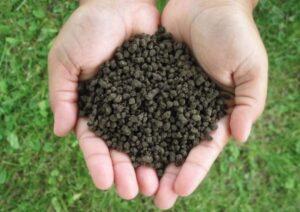
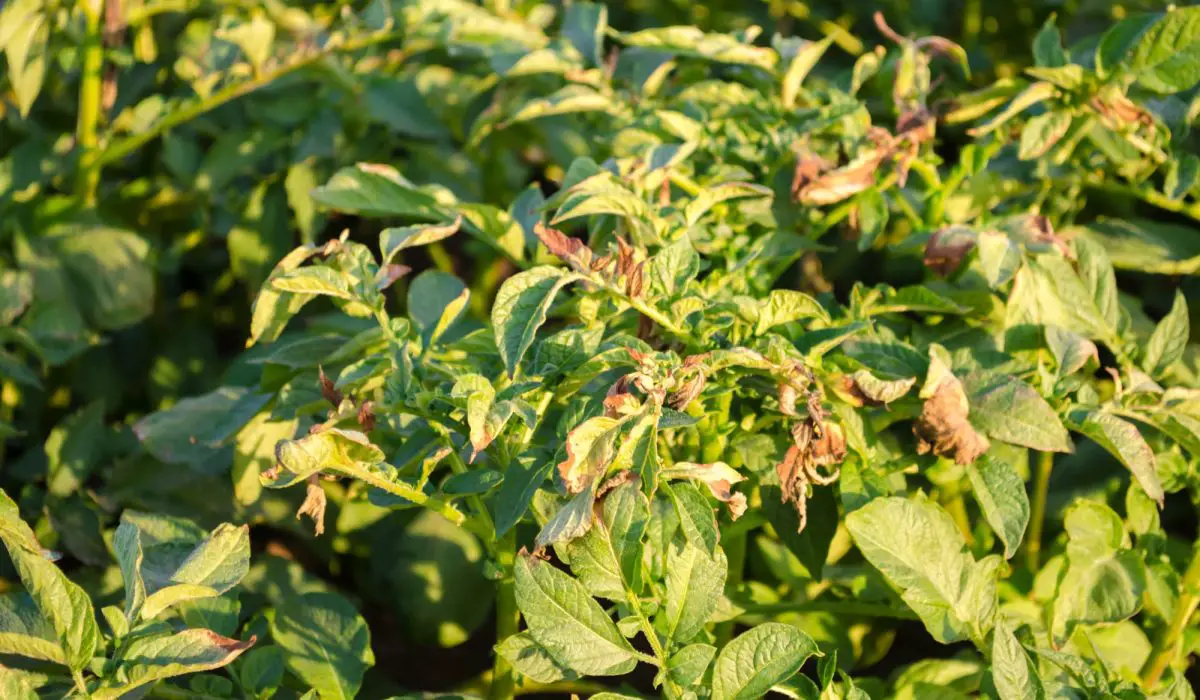
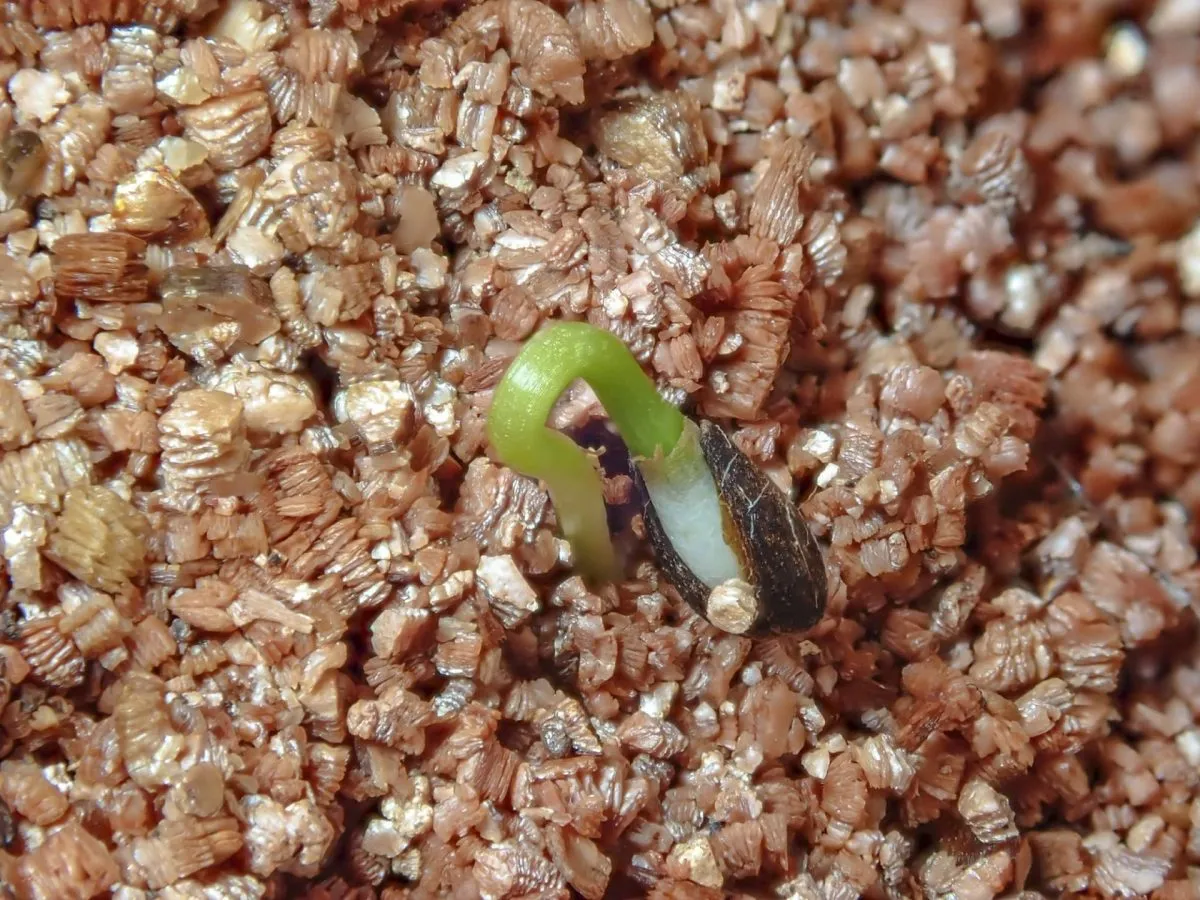
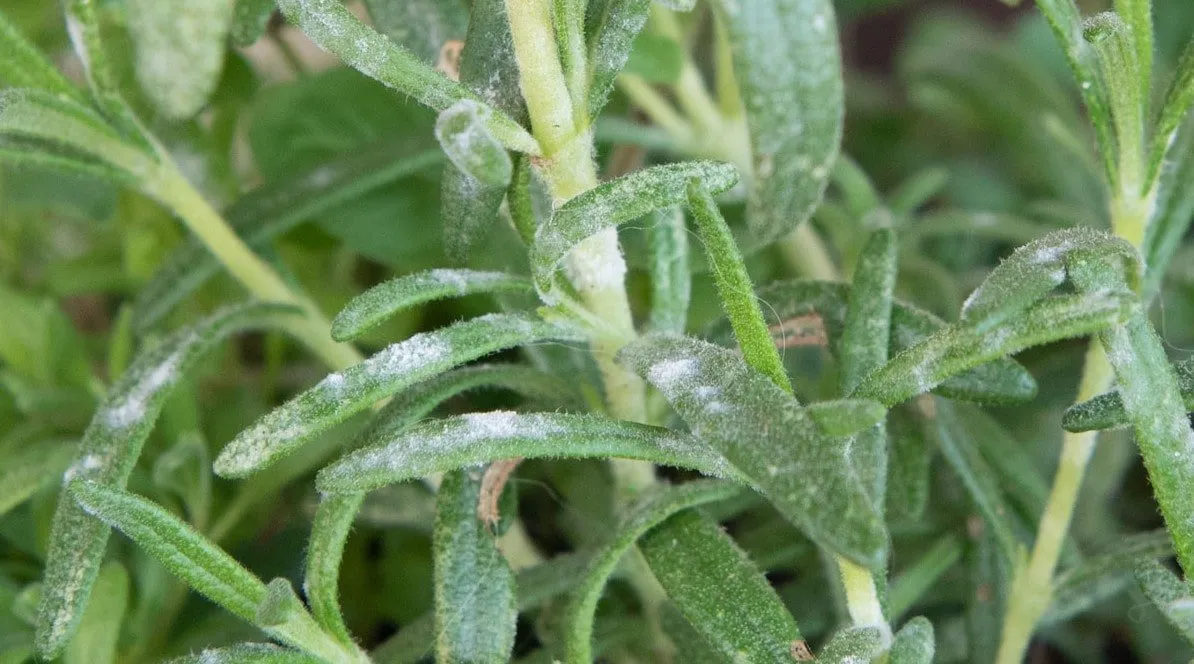
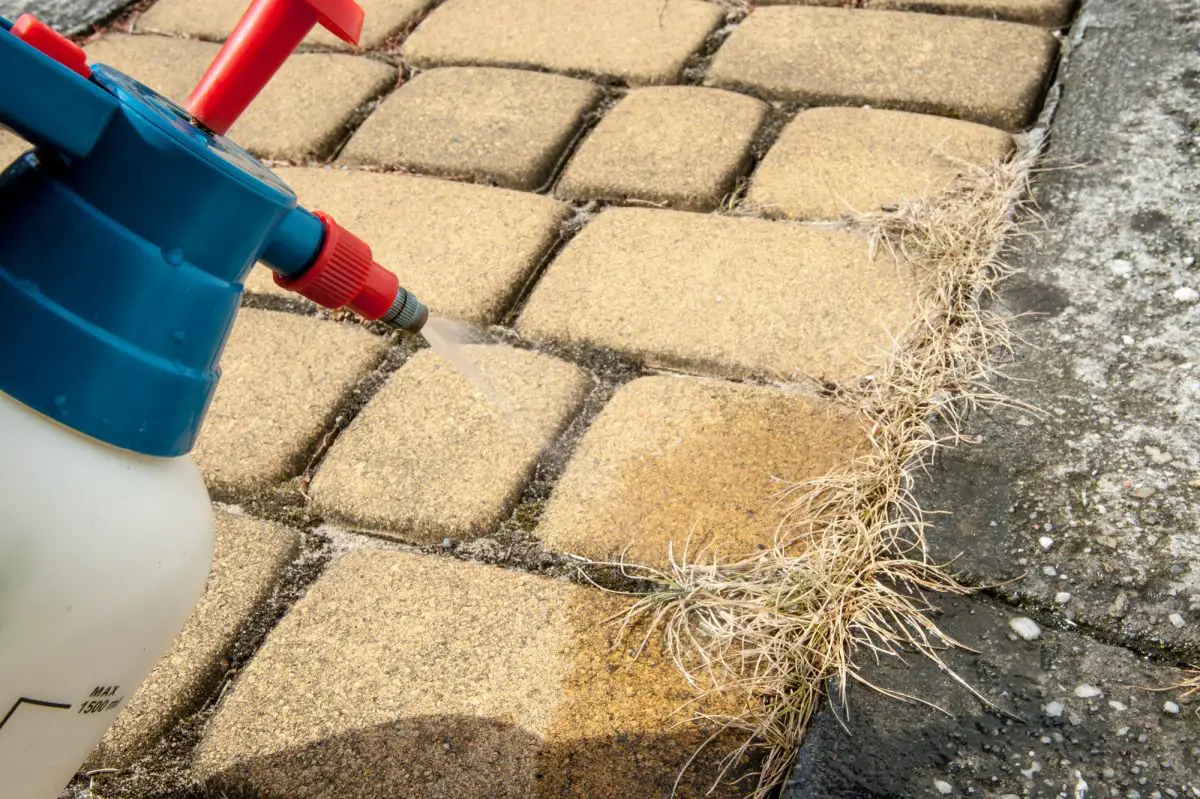
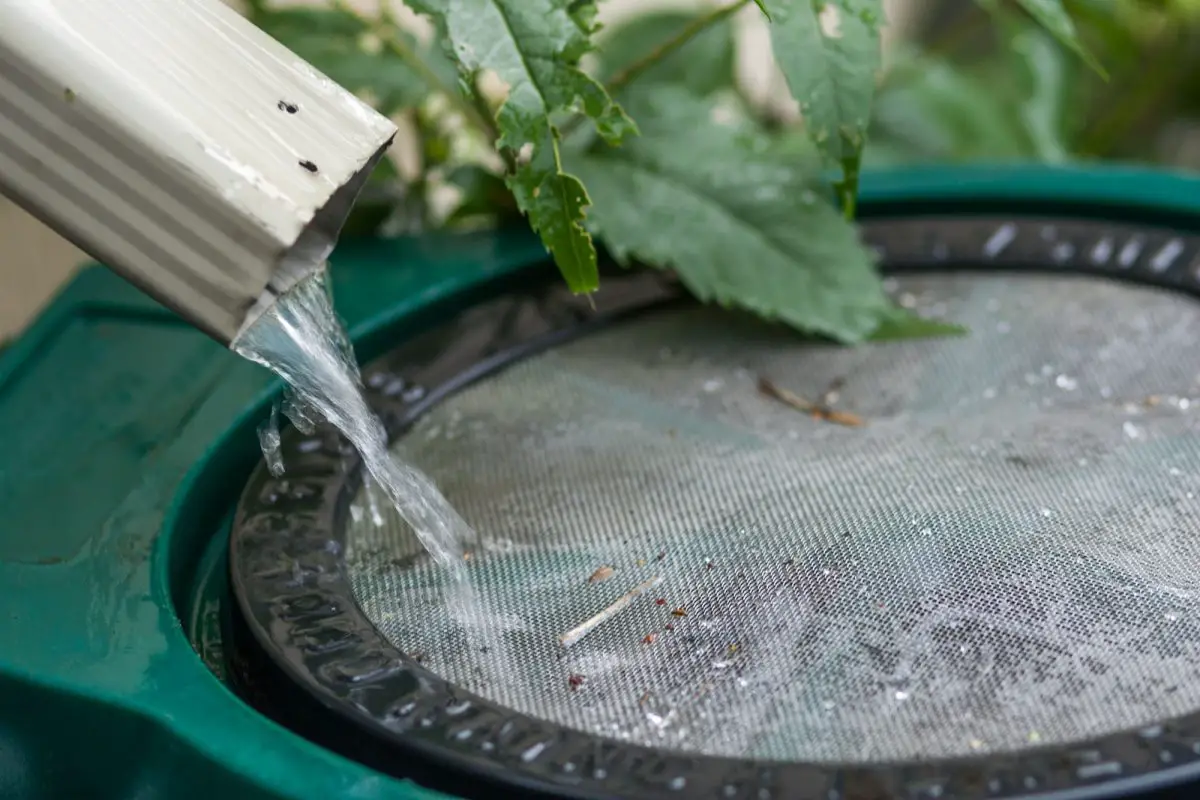
Start a new Thread